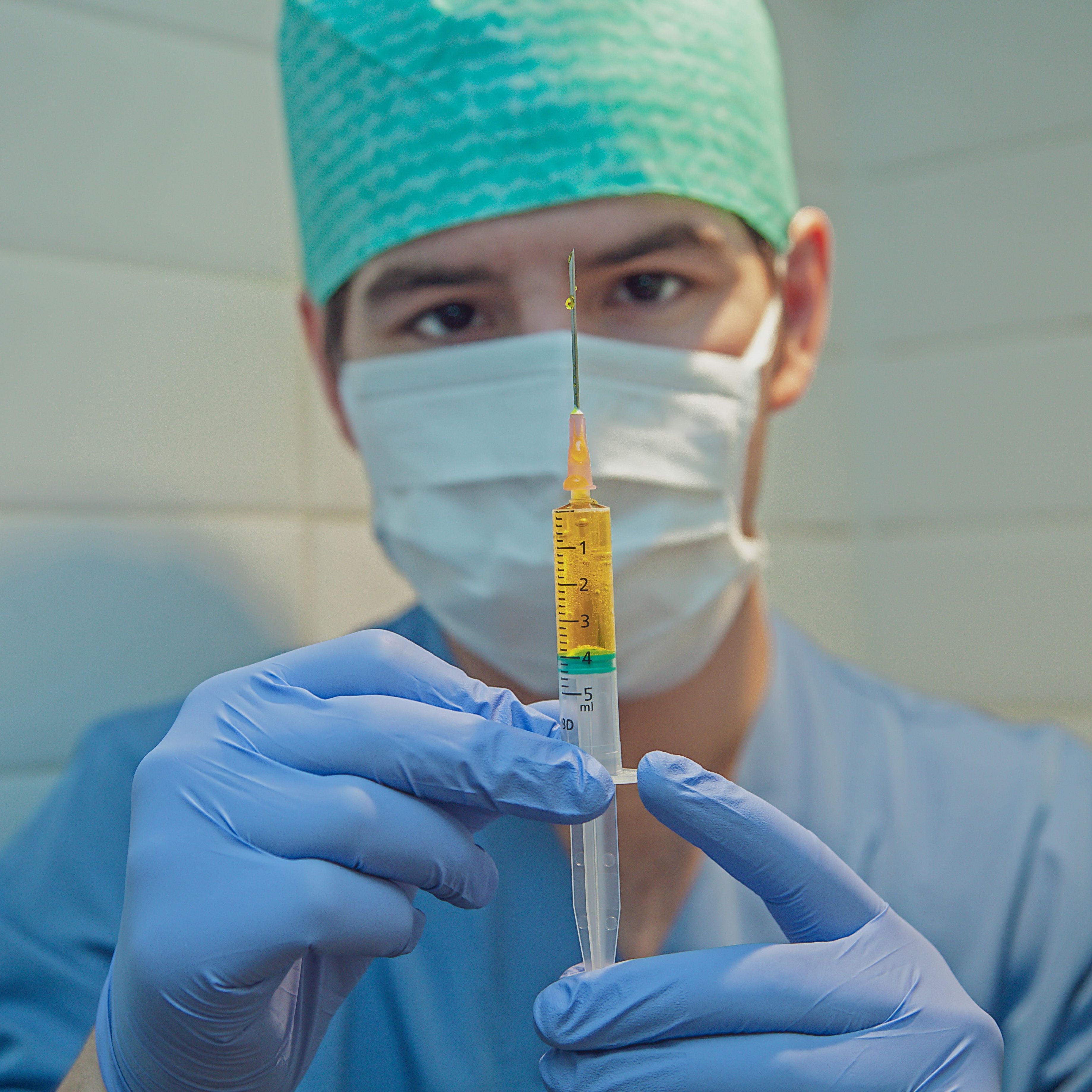Needle Stick Injuries Common Among Health Care Workers Not Fully Vaccinated for HBV
A study from Nepal showed a majority of teaching hospital health providers were accidentally exposed to needles. The group additionally had limited knowledge of their HBV vaccination status.

Approximately 6 in every 10 health care workers have been previously exposed to needle sticks and sharp-related injuries, according to new research from Nepal. The findings come as a concern to investigators, who additionally observed a low rate of hepatitis B virus (HBV) vaccination among the same high needle-risk cohort.
A descriptive cross-sectional study conducted by a multinational team of investigators primarily from Nepal showed that health care workers at the Nepalgunj Medical College Teaching Hospital have a substantial likelihood of needle stick incidences—a rate even greater than the approximate 32 – 45% estimated global health care worker prevalence—and are therefore at a significantly greater risk of viral transmissions including HBV and HIV. What’s more, vaccination rates against preventable viruses such as HBV are not significant among such populations, elucidating a trending public health concern regarding accidental viral transmissions in health care.
A team led by Dr. KC Rupak, of the department of medicine at Nepalgunj, sought to explore the coverage of HBV vaccines among health care workers and clinical students at the teaching hospital, as well as the prevalence of occupational exposure to HBV by way of needle sticks and and sharp-related injuries. Rupak and colleagues noted the Centers for Disease Control and Prevention (CDC) estimate of 380,000-plus annual percutaneous-related injuries among hospital employees—a trend that which is associated with about 40% of HBV transmissions to health care workers globally.
“Among them, 90% of these infections happened in underdeveloped and low-income countries where standard precautions methods are very poor,” they noted. “Also, underreporting of needle stick and sharp-related injuries by health care workers is not much encouraging. Poor knowledge, awareness, and attitude toward safety precautions might be associated with such injuries.”
The team collected data through a structured questionnaire of participating health care workers from September 2021 – September 2022. The sample population comprised of 506 individuals from the nursing school, laboratory staffs, and consultants or residents from various medical departments. Participants were primarily physicians (n = 155), nursing students (n = 150), or nurses (n = 101).
Approximately two-thirds (64%) of participants were female, and 71.4% were ≤30 years old. About 9 in 10 (88.7%) of participants knew having HBV risk.
Investigators observed a report of needle stick or sharp-related injury in 304 (60.1%) of participants; among them, 19 (3.8%) reported ≥10 injuries.
Injuries primarily occurred with hollow bore needles (46.1%). Only half (n = 151 [49.7%]) of health care workers were aware of the HBV status of the patient they were treating at the time of the injury. A majority of exposure routes (n = 231) were percutaneous.
Only 71.7% of the questionnaire participants were vaccinated against HBV; even fewer (44.5%) had a total of 3 complete doses. Of the 363 participants who were vaccinated, one-third (34.3%) had taken a booster dose.
Most participants were not aware of the correct dose of HBV vaccination associated with adequate immunity against the virus.
Rupak and colleagues concluded that, despite taking necessary precautions, health care workers are consistently exposed to accidental needle-related injuries while lacking awareness of their immunity against potentially transmissible diseases. They advocated for improved academic training and education on such risks for all relevant care givers.
“There should be a standardized procedure with universal precautions to be taken for handling blood and body fluids,” they wrote. “Guidelines should be implemented for early and immediate serology investigations before carrying out any procedures with any sharp objects.”
Investigators added that every hospital should implement a standard protocol for postexposure counseling and treatment of impacted health care workers.
“A better surveillance system for registration, reporting, and management of such hazards must be established at every hospital,” they wrote. “In addition, hepatitis B immunization programs for health care workers at risk of exposure should be implemented by all health facilities and the government with a high level of motivation.”
References
- Rupak KC, Khadka D, Ghimire S, et al. Prevalence of exposure to needle stick and sharp-related injury and status of hepatitis B vaccination among healthcare workers: A cross-sectional study. Health Sci Rep. 2023;6(7):e1399. Published 2023 Jul 5. doi:10.1002/hsr2.1399
- CDC. Workbook for Designing, Implementing and Evaluating a Sharps Injury Prevention Program. https://www.cdc.gov/sharpssafety/part1TEXTONLY.html